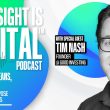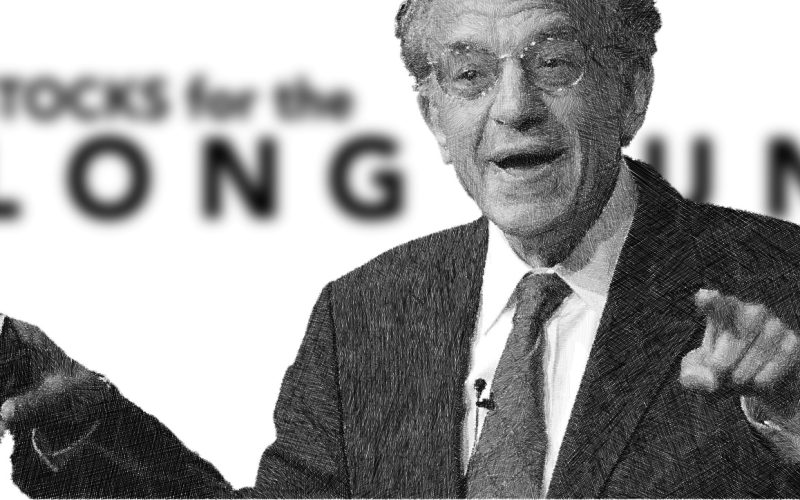by Professor Jeremy J. Siegel Senior Economist to WisdomTree and Emeritus Professor of Finance at The Wharton School of the University of Pennsylvania
Last week showcased the complexities driving markets and the economy, with inflation data, Federal Reserve commentary, and political developments at the forefront. While inflation metrics in the CPI came in as expected, the PPI surprised on the higher side, pushing up estimates for the Fed's preferred PCE inflation gauge. Chair Powell’s recent remarks further highlighted the tension between a robust economy and the Fed’s tightening stance, leaving investors questioning the trajectory of rates and growth.
The Fed has long emphasized the "neutral rate" (or R*) as the anchor for monetary policy. Currently estimated at 2.9%, my analysis suggests R* is likely closer to 3.5% or even 4%, reflecting a stronger-than-anticipated economy. This upward shift in R* is consistent with rising long-term rates and is supported by the resilience of growth despite elevated borrowing costs.
I have been cautioning for some time that long-term rates would rise. The aggressive rate recalibration by the Fed since September, combined with a diminished likelihood of a recession, put upward pressure on long bond yields. When recession fears subside, investors are less inclined to buy Treasuries as a hedge to portfolios, favoring equities instead. While this environment supports equity markets in the medium term, the bond market may experience more volatility as investors adjust to a new normal in rates.
Rising long-term rates are not just a byproduct of monetary policy but also reflect broader fiscal dynamics. Increased Treasury issuance to finance deficits, alongside lingering inflationary pressures, has introduced additional risk premiums into the bond market. This is causing some recalibration of asset allocation, with bonds becoming incrementally more competitive relative to equities over the last few months.
Nonetheless, I remain optimistic about equities. While higher rates introduce some near-term turbulence, equities still offer superior returns over the longer term compared to bonds. Moreover, companies with strong balance sheets and pricing power are best positioned to weather this higher-rate environment.
On Friday, Jeremy Schwartz and I had the opportunity to interview Tom Lee on our Behind the Markets podcast. Tom is a market prognosticator I follow quite closely, and we discussed his views across a wide variety of topics. Tom still likes small caps on discounted valuations and an improving earnings growth outlook. But one of Tom’s most noteworthy calls this year was on Bitcoin. Early this year, Tom forecasted we would see a $100,000 level and I thought this projection was far too aggressive. Tom’s call now may prove conservative in light of the Trump victory.
We also discussed the role of technology and AI. I believe technology developments will increase productivity and lead to the higher rate environment I discussed above. But Tom shared views on the downsides to all this new technology: the rise of deep fakes and extra friction that will come with having to prove out identity with burgeoning fraud. Blockchain technology may provide some help, as Bitcoin’s hallmark is the lack of fraudulent transactions in its history. Preventing cheating and establishing ethics in AI technology will become increasingly important.
Looking ahead, the Fed's December meeting seems like a 50/50 call on another rate cut, but the market only sees two cuts between now and next July in the five upcoming meetings. I anticipate a revision higher in the Fed’s R* estimate in their December 18 meeting. However, with long-term rates climbing, the market’s trajectory will depend heavily on not only economic data but a clarification Trump’s policies on tariffs and deportations.
Copyright © WisdomTree















